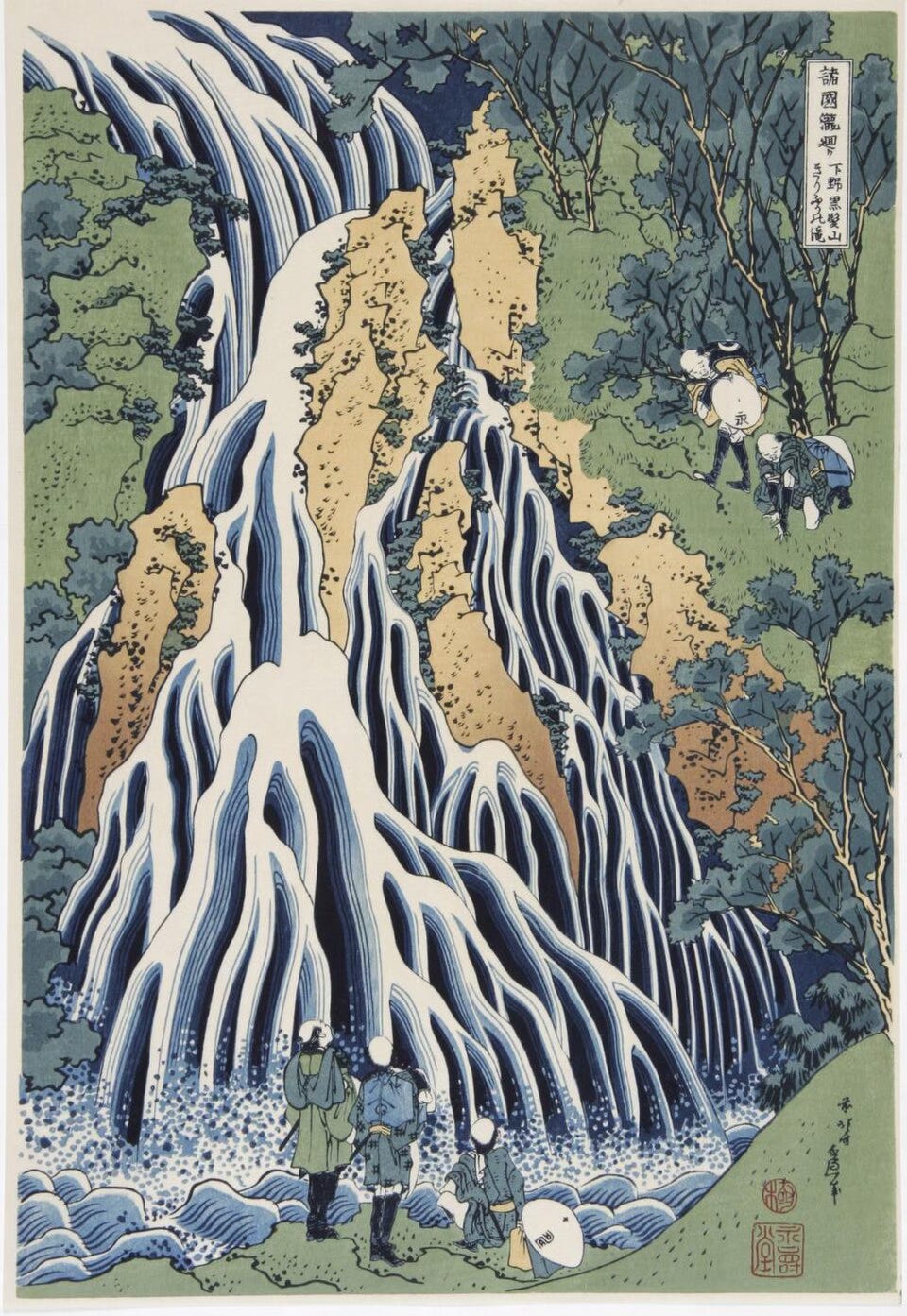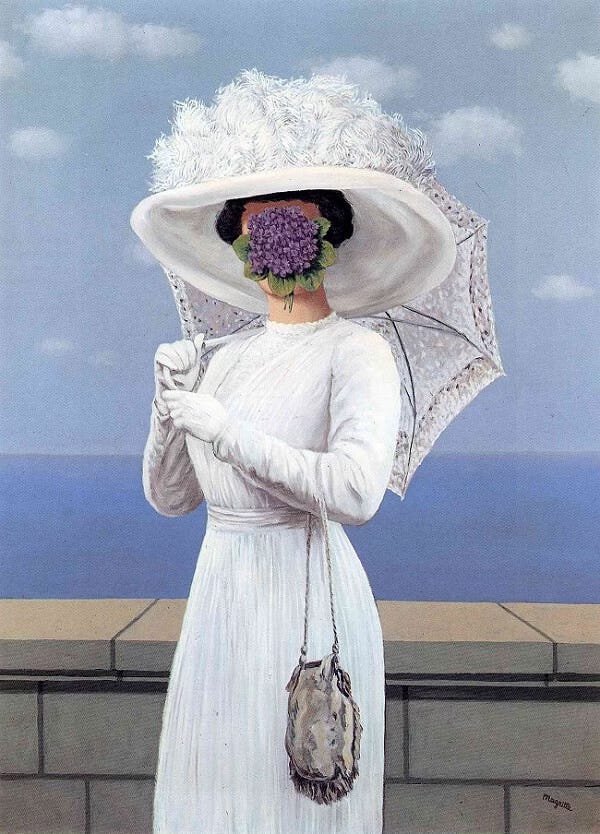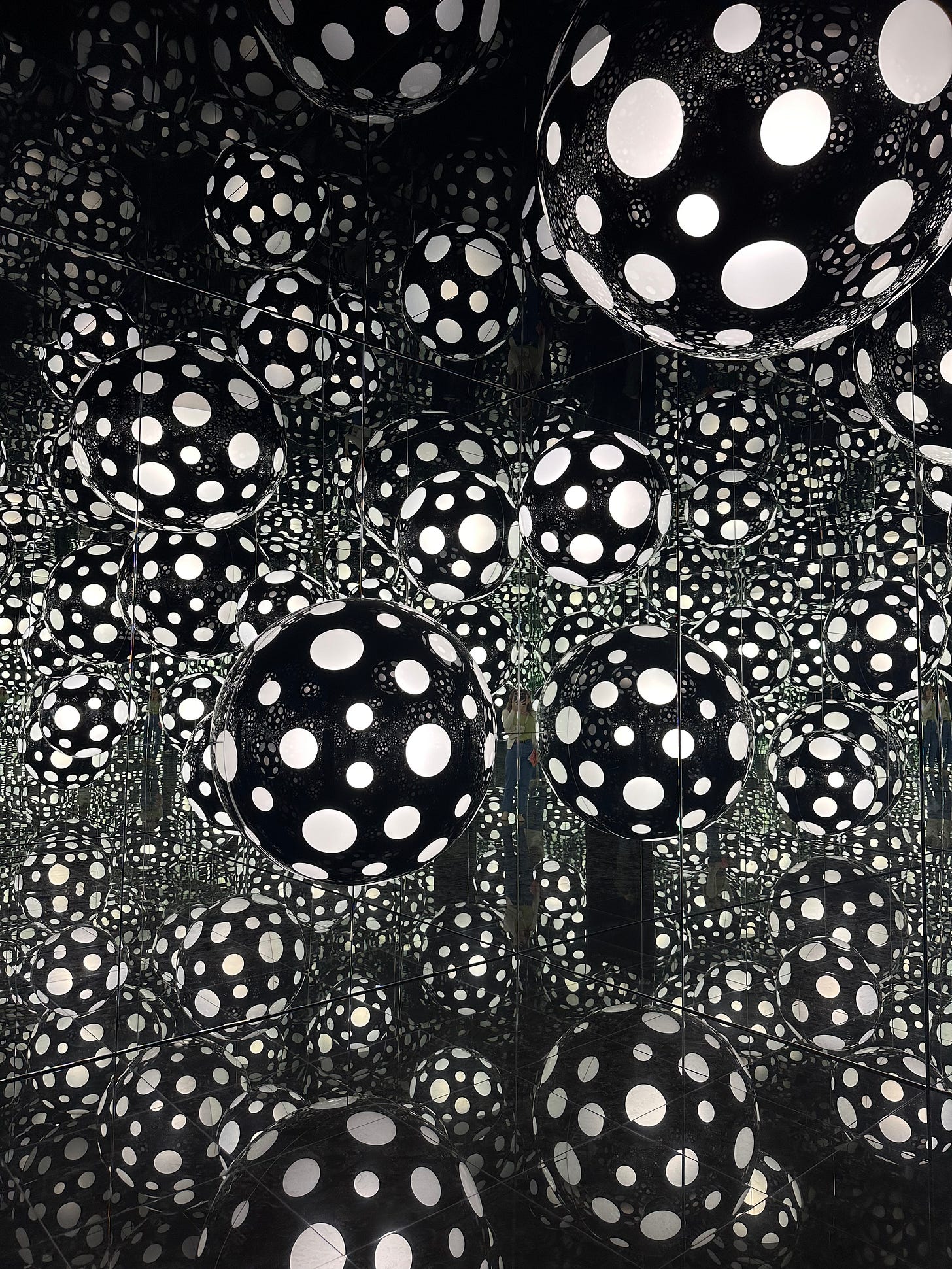Art doesn’t ask for permission. It just crashes through your door and starts rearranging the furniture. Kind of like your girlfriend (is it you?) casually suggesting that your black-and-red shelf is “a bit unsuitable” for the interior. Because some people — definitely not naming names — “just don’t have an eye for style.” She’s only trying to help, bless her passive-aggressive heart. Or, if she skipped the diplomacy class altogether, she just tells you she hates the shelf and wouldn’t dream of moving in until it’s been ceremoniously burned.
And this bomb gets dropped while you’re two glasses deep, supposedly having a romantic evening.
The same thing happens when you walk into a gallery thinking you’re just there for the free wine, the people-watching, and maybe a dash of inspiration. But then — bang.
Art doesn’t line up politely for your brain to process. It skips security and heads straight into that part of you that cries at the airport scene in Love Actually, or that remembers a suspiciously long summer kiss — the one where he joked about submitting it for a Guinness World Record.
And if you're like me — someone who responds to anxiety by overthinking into exhaustion instead of, you know, actually feeling things — then art is basically emotional first aid. It doesn’t offer solutions, just a clean punch of raw feeling. No filters. No disclaimers.
Take Rothko. Just color blocks, right? Wrong. One glance and your nervous system hits dim mode. Those giant, fuzzy rectangles somehow wrap around you like a weighted blanket and whisper, “Shhh... just breathe.” I feel safe and fulfilled. What do you feel?
Then there’s Guernica. You turn a corner in the Reina Sofía, and — boom. A 3.5-by-7-meter slab of pure human agony smacks you in the chest like a news headline you weren’t emotionally prepared for. Sadness, guilt, fury — and a silent meltdown beside a stranger in ironic socks holding a tote bag. You want to leave, but your feet aren’t cooperating. You wonder if it’s weird to cry in public.
And then there are the healing Japanese landscapes. I’ve found them a few times in the Monet Mecca — those prints being artist’s inspiration. One of Hokusai’s waterfalls flowing over a mountain lets your inner monologue leave the room. Your meditation begins. No self-optimization, just being present and breathing. I feel peace. Do you feel the same?

Now fast-forward to Magritte’s The Great War. A faceless woman — just a glorious puff of blue hydrangea where her identity used to be. I love this piece. It’s the feeling of famously knowing yourself better than anyone and still being numb to explain why, when your partner holds your hand in a starry-night setting, all you feel is panic. You wonder: “Who’s behind the flower? And do I even want to know that part of me?”
Then comes Yayoi Kusama’s Infinity Rooms — pure mirror-and-ball chaos. One moment you’re an adult with responsibilities, and the next, you’re seven years old, high on sugar, spinning in an infinite universe of joy. No thoughts. Just sparkles. Life is easy.
Art isn’t there to decorate museum or apartment walls. It’s there to shake you, stir your guts, and hand you back a slightly newer version of yourself. And once you start letting yourself feel like that — fully, wildly, weirdly — you realize that the holy balance between head and heart isn’t a fantasy. It’s the fuel for real love — romantic, familial, cosmic. The stuff that sticks.
Are you ready to take the art pill — even if it ruins your eyeliner a little?
Art needs more eyes — and so does this blog.
It’s free to read, but only grows if it travels.
Liked it even a bit? Tap the heart.
A line stuck with you? Drop it in a comment.
Smiled once? Hit restack.
Want to keep this writing alive? Send it to a curious friend to subscribe.








Grateful for all art pills you share!
Munch’s Melancholy/Laura was the pill I took last Sunday in Oslo